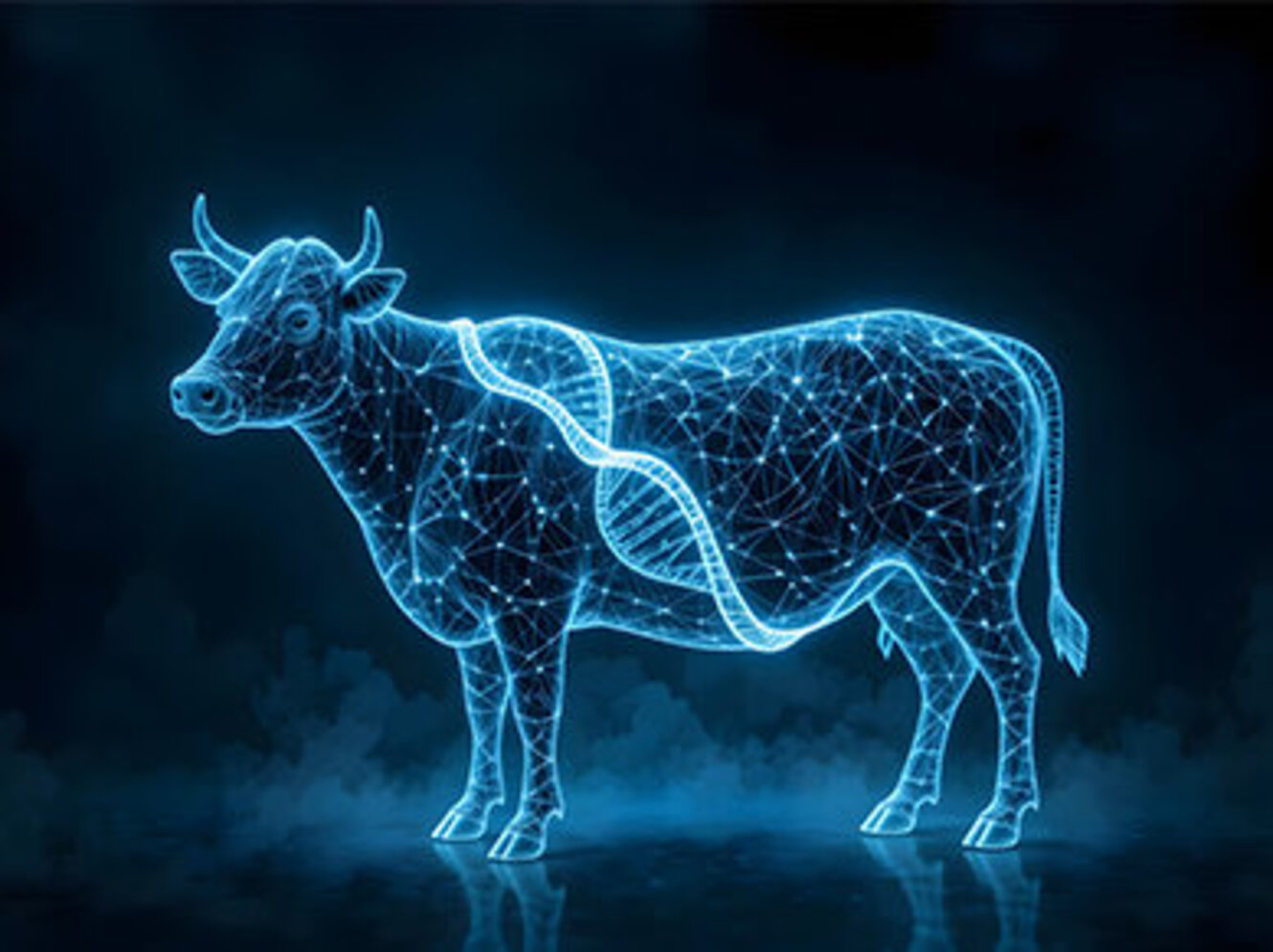Meat the Genes!

The German Black Pied (DSN) cattle is a rare dual-purpose breed prized for its rich milk and high-quality meat. As its population continues to decline due to competition from specialized dairy breeds, understanding the genetic basis of its valuable traits is essential for conservation and sustainable breeding. While most research has focused on milk production, this study shifts the spotlight to growth and meat-related traits. By analyzing genomic data from 669 DSN bulls, researchers identified key genetic regions and candidate genes involved in muscle growth, fat metabolism, and immune function across different developmental stages. These insights lay the groundwork for targeted breeding strategies that can help preserve and enhance the unique dual-purpose nature of the DSN breed.
Abstract
The German Black Pied cattle (DSN) is an endangered dual-purpose breed valued for its genetic diversity and high milk fat and protein content. However, due to competition with higher-yielding dairy breeds, the DSN population has declined, leading to its designation as an endangered breed. While previous research has focused on the milk production traits of DSN, this study aims to address meat traits to further understand the genetic determination of the dual-purpose characteristics of the breed. We conducted genome-wide association studies (GWAS) on 669 DSN bulls to identify genetic loci associated with birth weight, body weight, and body weight gain at different growth stages. Using imputed whole-genome sequencing data, we identified 14 quantitative trait loci (QTL) across ten chromosomes. Significant associations were found for birth weight on chromosomes 5 and 18, for body weight at 3 weeks (BW3w) on chromosomes 3 and 16, for body weight at 7 months (BW7m) on chromosomes 3 and 10, and for body weight gain from birth or 3 weeks to 18 months (BWG0d-18m, BWG3w-18m) on chromosomes 4 and 7. Key positional candidate genes influencing muscle and fat tissue development included RERGL and LMO3 (identified for birth weight), MET and CAPZA2 (identified for BWG0d-18m) which are essential for skeletal muscle development and actin filament regulation, respectively, TLN2 (identified for BW7m), MYO1F and ADAMTS10 (identified for BWG3w-18m) which are critical for actin filament assembly, cytoskeletal function, and skeletal development, respectively. Candidate genes such as CPT2 (identified or BW3w) and VPS13C (identified or BW7m) are involved in lipid metabolism and mitochondrial function. Additionally, candidate genes such as IGSF3 (identified for BW7m), KLRC1 and members of the C-type lectin family (identified for birth weight), are associated with immune regulation, and thus, suggest a potential interplay between metabolism, immune function, and growth efficiency.
These findings highlight the distinct genetic mechanisms underlying growth at various developmental stages, underscoring the importance of breed-specific genetic evaluations. The identified loci also overlap with previously reported loci for meat and production traits in other cattle breeds, underscoring their relevance and potential utility in DSN breeding strategies. This study provides a foundation for conservation and genomic breeding strategies to maintain the dual-purpose characteristics of DSN through optimizing both meat and milk production.